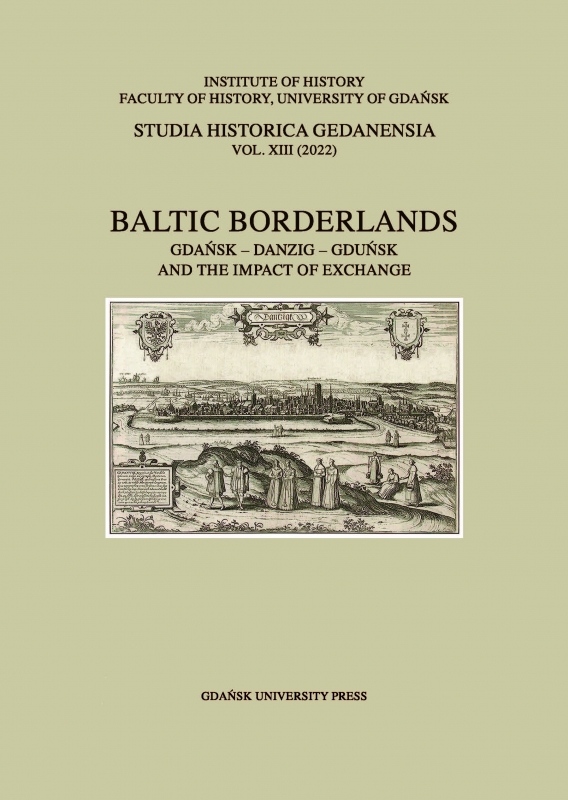Gdańsk as a Hanseatic City in the Late Middle Ages. Selected Aspects: Symbolism, Ruling Elites, Maritime Contacts
Gdańsk as a Hanseatic City in the Late Middle Ages. Selected Aspects: Symbolism, Ruling Elites, Maritime Contacts
Author(s): Beata MożejkoSubject(s): History, Local History / Microhistory
Published by: Wydawnictwo Uniwersytetu Jagiellońskiego
Keywords: Cog; ships; Lastadie; merchants; Gdańsk
Summary/Abstract: For 13th‑century Gdańsk, as for other cities of medieval Europe, it was important to create a community identity, which was expressed in the symbolism of seals and later also heraldic colours and coats of arms. In Gdańsk a seal of 78 mm in diameter, which survives on a document dating from 1299 (hence from pre‑Teutonic times), depicts an unmanned cog borne along by the waves. In late medieval Gdańsk, as in other Hanseatic towns, power belonged to elite families, who formed a ruling group. During 1454–1525 families such as the Falckes, Bischofs, Bocks, Ferbers, Scheweckes, Suchtens, and Zimmermanns each had two members who served as mayors. Maritime contacts played one of the most vital roles in the social and economic life of late medieval Gdańsk, and these included trade links with the English –competitors of the Hanse who could not be taken lightly.
Journal: Studia Historica Gedanensia
- Issue Year: 2022
- Issue No: 13
- Page Range: 39-52
- Page Count: 14
- Language: English

